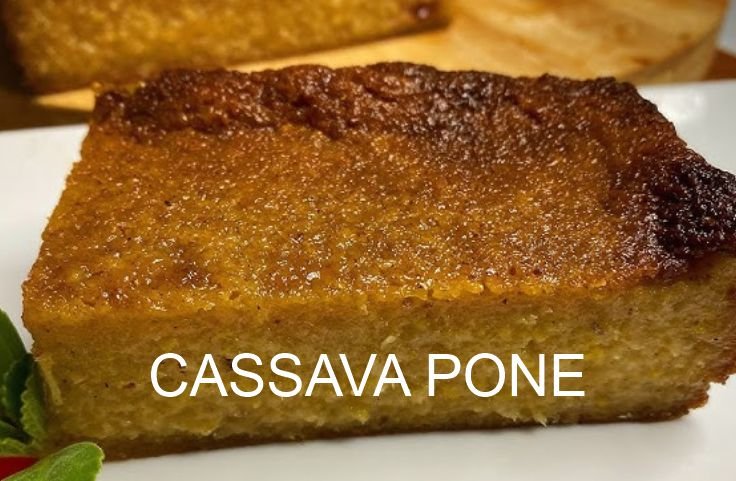Cassava pone recipe and variations explore classic Caribbean flavors from Guyanese to Bajan styles, offering sweet, moist, and spiced treats perfect for festive gatherings or everyday indulgence
Cassava pone brings warmth to the table and fills the kitchen with sweet, inviting aromas.
The combination of coconut milk, spices, and grated cassava promises a soft, moist bite that balances sweetness and texture.
Perhaps you’ve enjoyed it at a family gathering or spotted it in a local bakery and wondered how the flavors blend so effortlessly.
Preparing it yourself reveals how each ingredient plays a role, from the gentle spice of cinnamon to the creamy richness of coconut.
Enjoyed warm or at room temperature, this dessert connects moments, makes celebrations feel fuller, and turns an everyday treat into something memorable.
Table of Contents
- What is Cassava Pone?
- Cassava Pone vs Grated Cassava Cake
- Ingredients of Cassava Pone
- How to Make Cassava Pone – Step by Step
- Texture and Taste Profile
- Popular Variations of Cassava Pone
- Cassava Pone By Regions
- Serving, Storing, and Reheating Tips
- FAQs about Cassava Pone
What is Cassava Pone?
Cassava pone, different from cassava cake, is a beloved dessert rooted in Caribbean and African traditions, crafted from grated cassava, coconut, sugar, and warming spices like nutmeg and cinnamon.
Its rich, moist texture and fragrant sweetness make it a staple at festive gatherings and cultural events.
Baked until golden, this dish embodies both ancestral heritage and culinary artistry, offering a flavorful link to the past.
Cassava pone not only delights the palate but also fosters connection through shared customs and cherished memories.
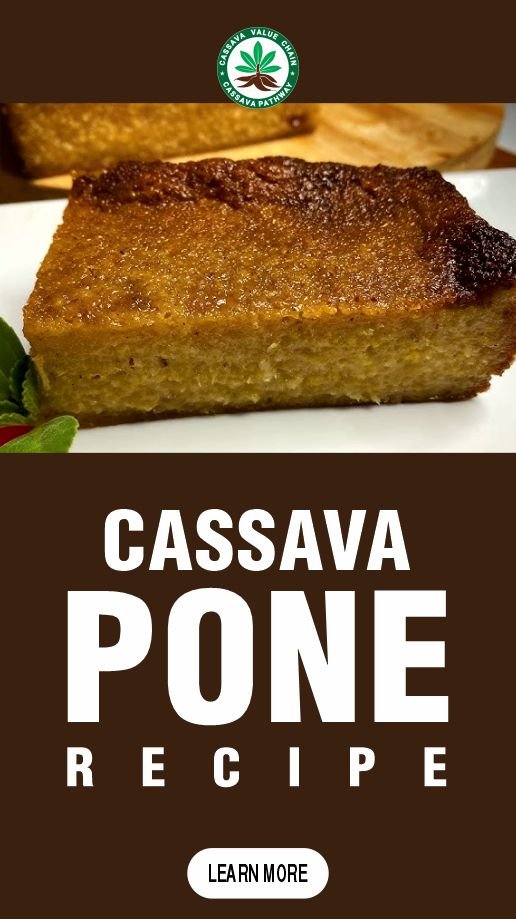
Cassava Pone Origin
Cassava pone has deep roots in the Caribbean, where it evolved as a popular dessert made from grated cassava, coconut, sugar, and spices.
Its origin is closely tied to the African and indigenous influences that shaped Caribbean cuisine.
Early settlers and enslaved communities adapted local ingredients, like cassava, into sweet, nourishing treats.
Eventually, each island developed its own version, incorporating regional preferences for coconut, spices, and sweetness levels.
While some versions are moist and chewy, others are firmer and denser, reflecting local culinary traditions.
Understanding the origin of cassava pone gives insight into the Caribbean’s cultural history and the innovative ways communities transformed humble roots into celebrated desserts.
Today, cassava pone continues to be a symbol of heritage, enjoyed across generations and islands, connecting people to both tradition and flavor.
Cassava Pone vs Grated Cassava Cake
Cassava pone and grated cassava cake both highlight the cassava tuber but differ in ingredients, texture, and use.
Cassava pone combines grated cassava, coconut milk, sugar, and spices like nutmeg or cinnamon, resulting in a moist, dense, and slightly chewy dessert that melts in the mouth.
Grated cassava cake often includes eggs, butter, and milk, creating a softer, fluffier texture.
Cassava pone is typically baked until firm and served during traditional gatherings and festive occasions, offering comfort and nostalgia.
Grated cassava cake, lighter and more versatile, suits casual or formal events.
These differences in preparation, texture, and serving occasions make each dessert distinct while celebrating the rich flavors and culinary heritage of cassava.
Both provide enjoyable experiences, but their contrasts cater to varying tastes and occasions.
Related Posts
Cassava Pancake Recipe Using Grated Cassava
How to Make Animal-Free Cassava Flour Cake
Recipes for Cassava Flour Pancakes
Ingredients of Cassava Pone
Cassava pone brings the flavors of the Caribbean to your table, combining simple ingredients that work together to create a moist, sweet, and aromatic dessert you’ll enjoy making and sharing.
Grated Cassava: The Base of the Dessert
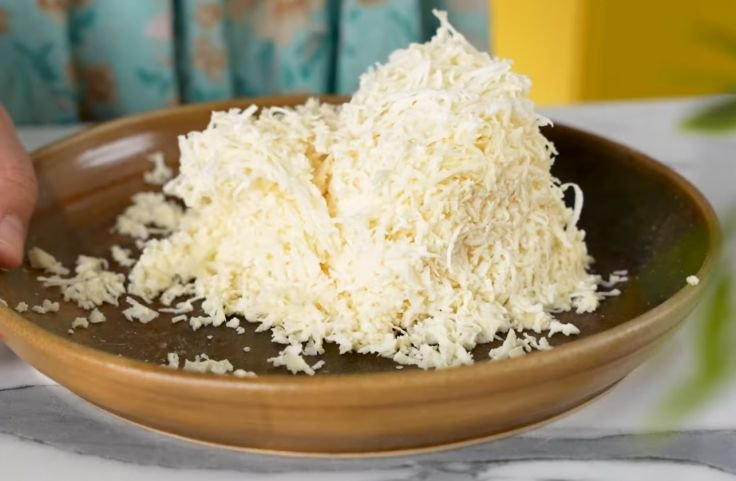
Grated cassava forms the heart of cassava pone, giving it a dense, filling texture that holds all the flavors together.
Its natural sweetness and slightly nutty taste make every bite satisfying, while the starchy root provides essential carbohydrates that keep you energized, turning this dessert into a comforting treat for any occasion.
Pumpkin: Sweetness and Color
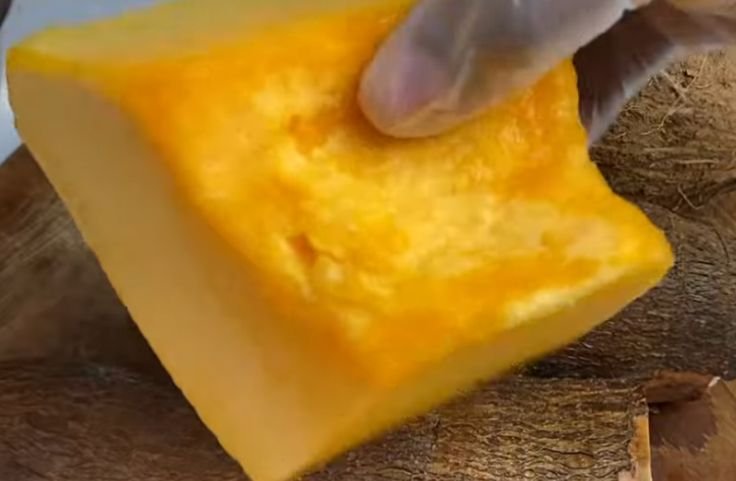
Adding grated or finely chopped pumpkin to cassava pone enhances natural sweetness and gives the dessert a vibrant golden color.
It pairs beautifully with coconut and spices while contributing additional moisture.
Pumpkin’s mild flavor complements the dense cassava base, resulting in a slightly earthy, rich, and festive dessert that’s perfect for family gatherings or celebrations.
Grated Coconut: Creamy and Tropical
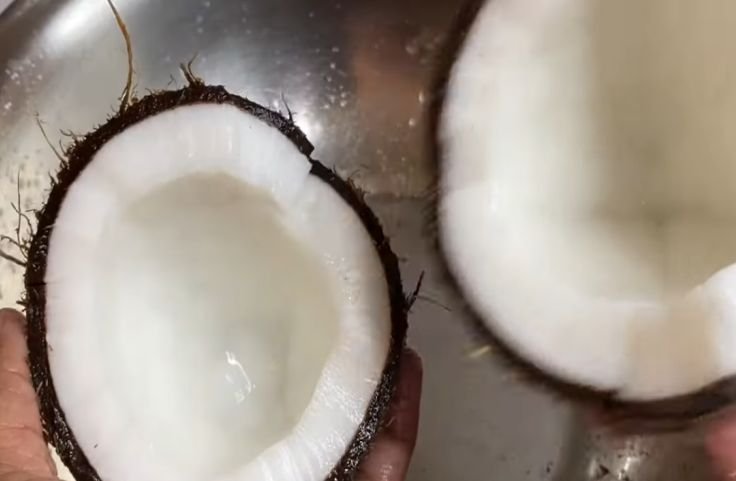
Adding grated coconut introduces a soft creaminess and a light tropical flavor that pairs beautifully with cassava.
The natural oils in coconut enhance the moisture of the dessert, while its subtle sweetness balances the earthiness of cassava.
Using fresh or desiccated coconut can slightly change the texture, letting you adjust the pone to your taste.
Sugar: Sweetness That Brings Everything Together
Sugar sweetens the dish, highlighting the natural flavors of cassava and coconut.
You can choose from white sugar, brown sugar, or alternative sweeteners, depending on your preference.
Each choice adds a slightly different depth to the final flavor, making the dessert adaptable while remaining delicious and crowd-pleasing.
Spices: Warmth and Aroma
Spices like nutmeg and cinnamon add a warm, inviting aroma to cassava pone.
Nutmeg gives a gentle nutty scent, while cinnamon adds a touch of spice that lingers with every bite.
These spices make the dessert feel comforting and festive, connecting you with Caribbean culinary traditions in a simple, flavorful way.
Milk or Coconut Milk: Moisture and Richness
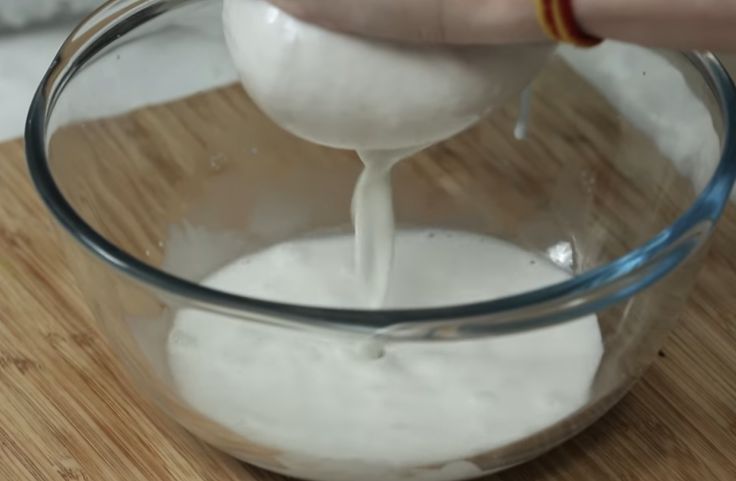
Milk or coconut milk ensures your cassava pone stays moist and soft.
Coconut milk is especially popular for enhancing creaminess and keeping the tropical character of the dessert intact.
Pouring it into the mix allows all ingredients to blend smoothly, creating a luscious, fragrant dish you’ll want to share at every gathering.
Milk, Evaporated Milk, and Butter: Moisture and Richness
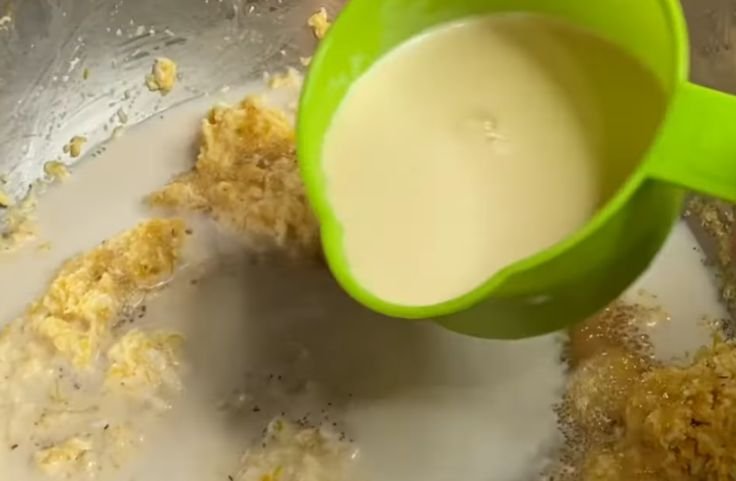
Evaporated milk and butter enrich cassava pone, ensuring it stays soft and creamy.
Milk adds moisture and smoothness, while butter gives a richer flavor and tender texture.
Together, they help blend cassava, coconut, pumpkin, and spices into a cohesive, luscious dessert that delivers a moist, aromatic, and indulgent Caribbean treat.
Vanilla Essence and Salt: Flavor Balance
Vanilla essence enhances the natural sweetness of cassava pone, while a small amount of salt balances the flavors.
These ingredients subtly elevate the dessert, bringing out the richness of coconut, cassava, and pumpkin.
Their careful use ensures a harmonious, well-rounded taste profile in every moist, aromatic, and flavorful slice.
How to Make Cassava Pone – Step by Step
Making cassava pone lets you enjoy a traditional Caribbean dessert right in your kitchen.
Following each step carefully ensures a dense, moist, and flavorful result that will impress your family and friends.
Prepare the Cassava
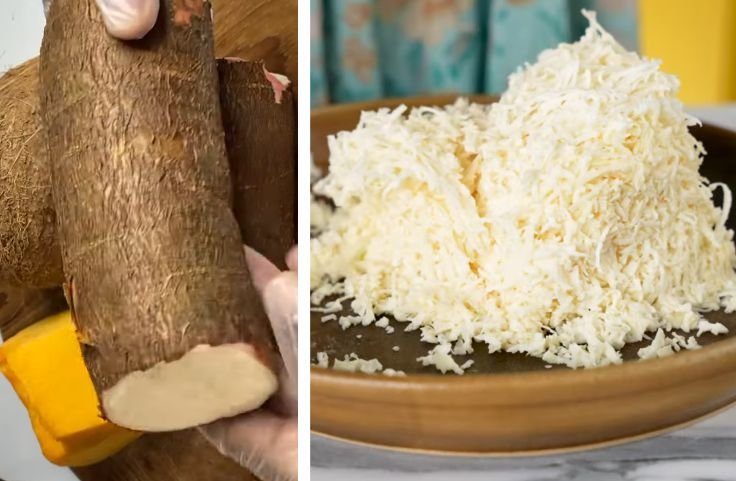
Start by peeling the cassava thoroughly and washing it under cold water to remove any dirt or impurities.
Grate the roots using a box grater or food processor until you have about four cups of fine cassava.
This preparation is the foundation for the dense, chewy texture that makes cassava pone so satisfying.
Grate the Coconut
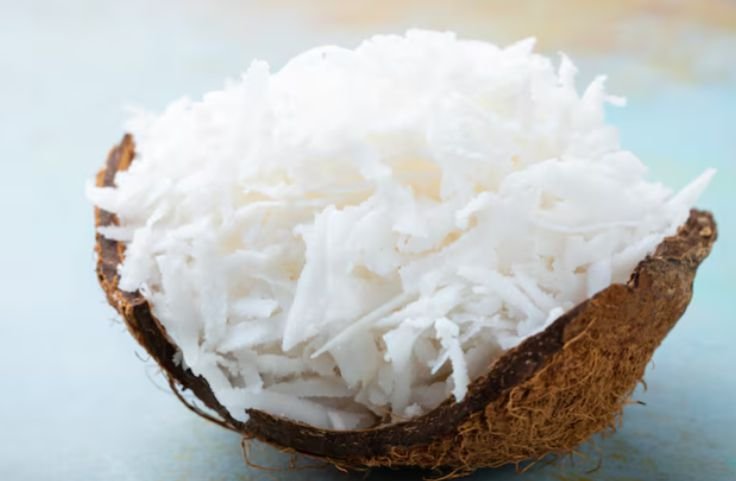
Finely grate fresh or desiccated coconut until it forms soft, uniform shreds.
Proper grating releases natural oils, enhancing the coconut’s aroma and texture, which contributes to a moist, flavorful, and aromatic cassava pone.
Mix the Ingredients
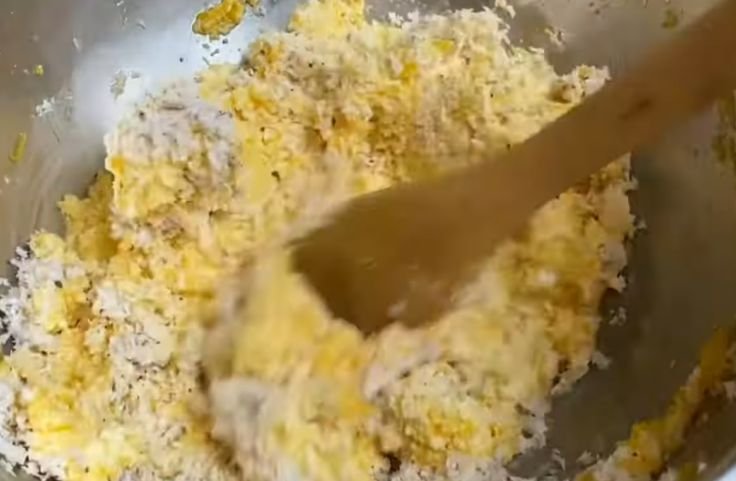
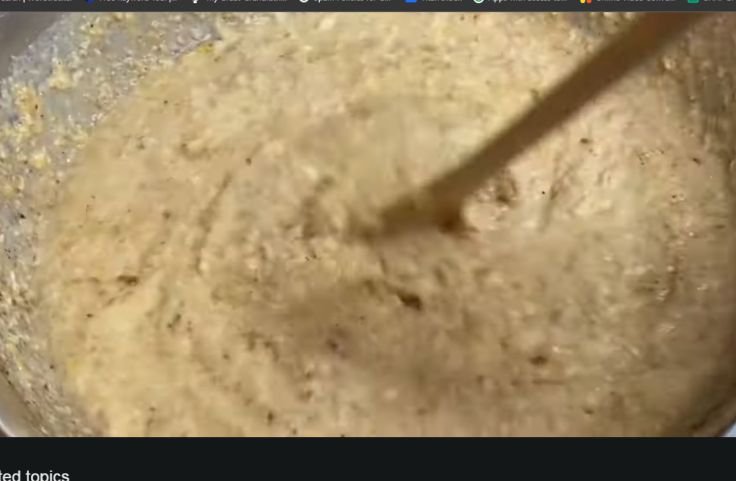
In a large bowl, combine the grated cassava with one cup of grated coconut, two cups of sugar, evaporated milk, and the grated pumpkin.
Sprinkle in nutmeg and cinnamon for a warm, aromatic flavor. Stir gently to ensure even mixing without overworking the batter.
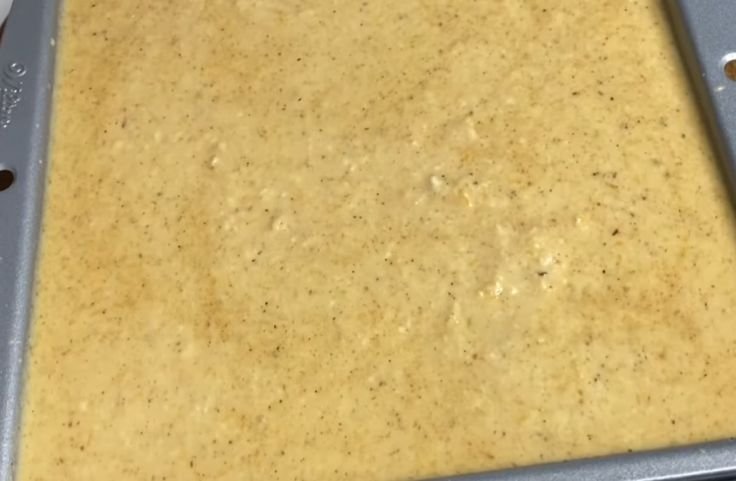
Bake the Pone
Grease a baking dish and pour in the mixture. Preheat your oven to 350 degrees Fahrenheit and bake for between one hour to one hour thirty minutes.
The top should turn golden brown, and a toothpick inserted in the center should come out clean. Avoid overbaking to keep the interior moist and dense.
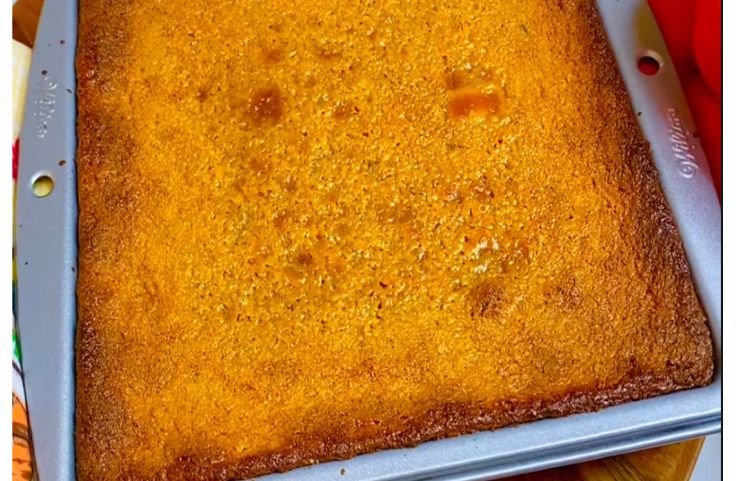
Cool and Serve
Allow the cassava pone to cool slightly before cutting into squares.
Serve warm or at room temperature to enjoy the full aroma, spice, and sweet coconut flavors.
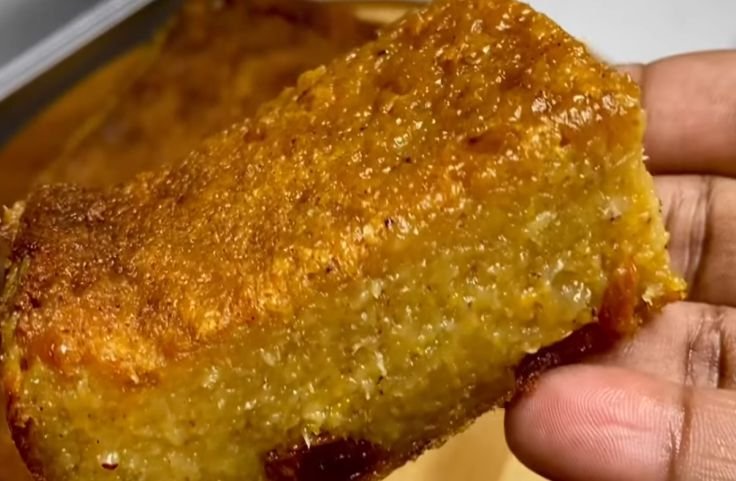
Sharing it makes any gathering feel special and highlights Caribbean culinary tradition.
Texture and Taste Profile
Cassava pone offers a delightful combination of texture and flavor that keeps you coming back for more.
The chewy, moist interior and lightly crisp edges make each bite satisfying, while the sweet coconut and warm spices create a comforting taste experience.
Chewy and Moist
The dense, slightly chewy texture sets cassava pone apart from lighter cassava cakes.
Grated cassava and coconut blend during baking to create a moist interior, while the edges form a subtle crisp.
Each bite gives you contrast, keeping the dessert interesting and giving your palate a full experience of Caribbean tradition.
Crisp Edges
Baking the mixture results in lightly golden edges that provide a gentle crunch against the soft center.
This contrast adds depth to the dessert, making it more than just sweet.
You can feel the difference with every bite, enjoying the combination of tender cassava and firm exterior that enhances the overall dish.
Sweet and Spiced
The natural sweetness of coconut balances the earthy flavor of cassava, while nutmeg and cinnamon add warmth and aromatic undertones.
Each bite delivers layers of taste that capture Caribbean flavors, making the dessert comforting and memorable.
The spice blend ensures a pleasant aroma that draws you in before the first bite.
Rich and Earthy
Cassava pone carries a richer flavor than standard cassava cakes, offering a combination of sweet, nutty, and slightly earthy notes.
The balance of ingredients lets you enjoy both the dessert’s texture and taste together, making it a dish you’ll want to share with friends and family during any gathering.
Popular Variations of Cassava Pone
Cassava pone offers a range of flavors that let you enjoy this Caribbean dessert in different ways.
Trying each variation helps you appreciate how simple ingredients can create unique tastes and textures for every occasion.
Coconut-Only Cassava Pone
The coconut-only version of cassava pone focuses entirely on the rich, tropical flavor of freshly grated coconut.
By skipping additional ingredients, you get a smooth, creamy, and naturally sweet dessert that melts in your mouth.
This version highlights the natural moisture of the cassava while letting the coconut shine, making it ideal if you enjoy straightforward flavors.
Baking it releases a subtle, inviting aroma that fills your kitchen, giving you that comforting Caribbean experience.
Whether you serve it warm or at room temperature, the coconut-only cassava pone is perfect for casual meals or sharing with friends.
Spiced Cassava Pone
Spiced cassava pone adds nutmeg and cinnamon to the base recipe, giving the dessert warmth and a rich aromatic flavor.
Nutmeg contributes a slightly sweet, nutty undertone, while cinnamon adds a cozy, familiar taste that enhances the natural earthiness of the cassava.
Baking this variation fills your kitchen with a comforting fragrance that signals a treat is ready.
This version is excellent for family gatherings, dinner parties, or festive celebrations, as it creates a dessert that feels indulgent without being heavy.
Each bite balances the soft, chewy cassava with the warm spices, making it memorable for anyone enjoying it.
Festive Cassava Pone with Dried Fruits
The festive version of cassava pone incorporates dried fruits like raisins, currants, or chopped dates, adding natural sweetness and a pleasing texture contrast.
These fruits complement the moist, dense cassava base while introducing bursts of flavor that make each bite more exciting.
This variation is especially popular during holidays and special occasions, as it feels celebratory and indulgent.
The combination of chewy cassava, sweet coconut, warm spices, and fruity notes creates a dessert that is visually appealing and full of taste.
Sharing this festive cassava pone with family or friends makes any gathering feel complete, bringing warmth and tradition to the table.
Cassava Pone By Regions
Trinidad Pone
Trinidad pone is a sweet, dense dessert made primarily from grated cassava, coconut, and brown sugar, often flavored with spices like nutmeg and cinnamon.
Its texture is slightly chewy with a rich, caramel-like sweetness.
Unique to Trinidad, this version sometimes incorporates pumpkin or sweet potato, giving it a layered flavor profile.
Traditionally baked in a loaf or square pan, Trinidad pone is enjoyed at festivals and family gatherings, reflecting the island’s love for warm, spiced, and comforting treats.
Guyanese Pone
Guyanese pone is celebrated for its moist, dense texture and bold sweetness.
It combines grated cassava with coconut, sugar, and condensed milk, often enhanced with nutmeg and sometimes pumpkin for depth.
Unlike other versions, Guyanese pone tends to be sweeter and richer, reflecting the country’s penchant for indulgent desserts.
It is commonly baked in a rectangular tin and served during holidays or social events.
The flavor balance of spice, coconut, and caramelized sweetness makes it distinctly Guyanese.
Bajan Pone
Bajan pone from Barbados is a traditional cassava-based dessert that emphasizes natural sweetness and a firmer, cake-like texture.
Ingredients usually include grated cassava, coconut, brown sugar, and occasionally rum or spices for a subtle aromatic depth.
Bajan pone is known for its rustic, lightly caramelized exterior and moist interior.
Often cut into squares or rectangles, it is a staple at cultural celebrations and church events.
Its simplicity and focus on natural cassava flavors distinguish it from Trinidadian or Guyanese versions.
Serving, Storing, and Reheating Tips
Enjoying cassava pone goes beyond baking. Knowing how to serve, store, and reheat it ensures every bite tastes fresh and maintains its sweet, chewy texture while highlighting Caribbean flavors.
Serving Tips
Slice your cassava pone into squares or rectangles for easy serving and a neat presentation.
You can enjoy it warm or at room temperature.
Try pairing it with a scoop of vanilla ice cream, a dollop of cream, or fresh fruits like mango or pineapple.
These additions create a delicious contrast that enhances the sweet and spiced flavors in every bite.
Storing Tips
Allow your cassava pone to cool completely before storing it.
Place the slices in an airtight container to prevent moisture loss and maintain freshness.
In the refrigerator, it stays good for up to five days.
For longer storage, wrap the slices in plastic, place them in a freezer-safe container, and freeze for up to three months.
Thaw in the fridge overnight before serving.
Reheating Tips
Reheat cassava pone in an oven or toaster oven at 350 degrees Fahrenheit, covering it with foil to retain moisture.
Heat for 10 to 15 minutes until warm. If using a microwave, reheat on low in short intervals, checking frequently.
This ensures the dessert keeps its chewy texture while warming the sweet, spiced flavors for maximum enjoyment.
FAQs about Cassava Pone
Can I substitute coconut milk in cassava pone?
Yes, you can use almond, soy, or dairy milk instead, but flavors and texture may change. Full-fat options keep it creamy and rich.
How does cassava pone differ from cassava cake?
Cassava pone is dense and pudding-like with coconut and spices, while cassava cake is lighter, fluffier, and often includes eggs or baking powder.
Is frozen cassava usable in cassava pone?
Frozen cassava works well if fully thawed and drained. It keeps the flavor intact while preventing excess moisture from affecting the dessert’s texture.
How long does cassava pone last?
Store cassava pone in the fridge for 3 to 5 days or freeze up to three months, ensuring it is sealed tightly.
References

Chimeremeze Emeh is a writer and researcher passionate about Africa’s most transformative root crop—cassava. Through his work at cassavavaluechain.com, he explores the entire cassava industry, from cultivation and processing to its diverse applications in food, health, and industrial use.
He also writes for palmoilpalm.com, where he shares his extensive experience and deep-rooted knowledge of palm oil, covering red palm oil, palm kernel oil, and refined products. His work there reflects his lifelong connection to agriculture and his commitment to promoting sustainable value chains in Africa.
Driven by curiosity and purpose, Chimeremeze aims to shed light on how cassava continues to empower communities, strengthen food systems, and link traditional farming wisdom with modern innovation.

